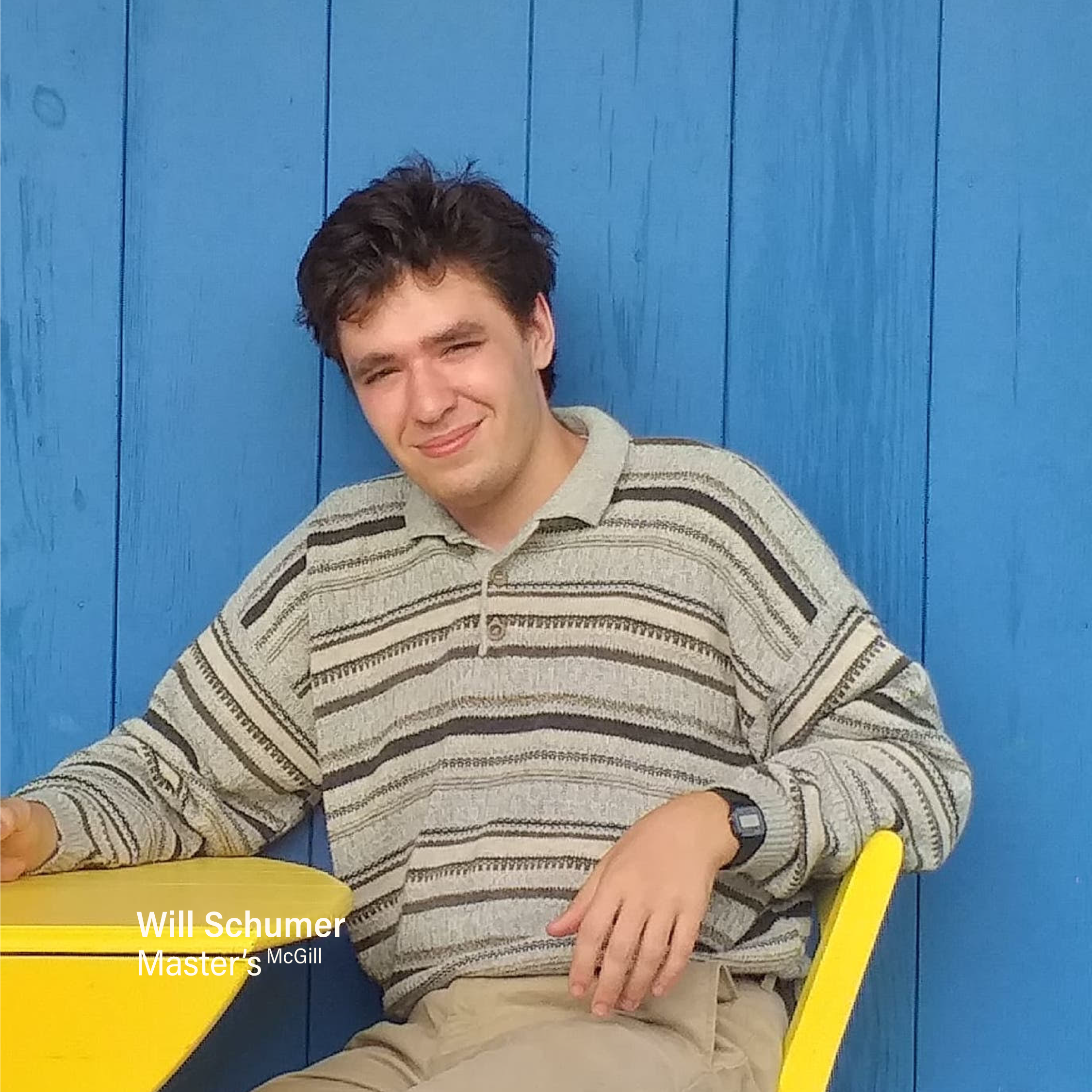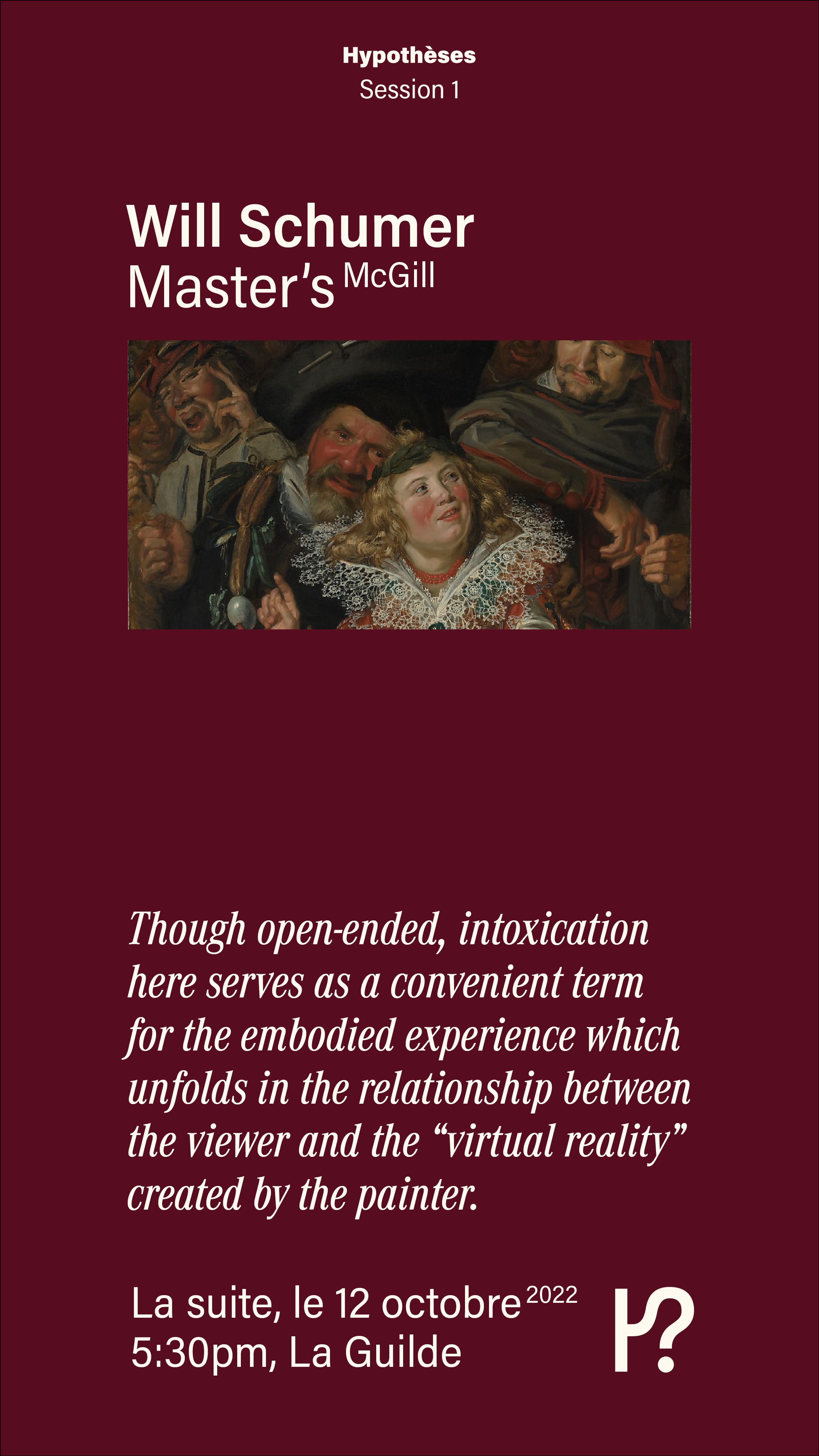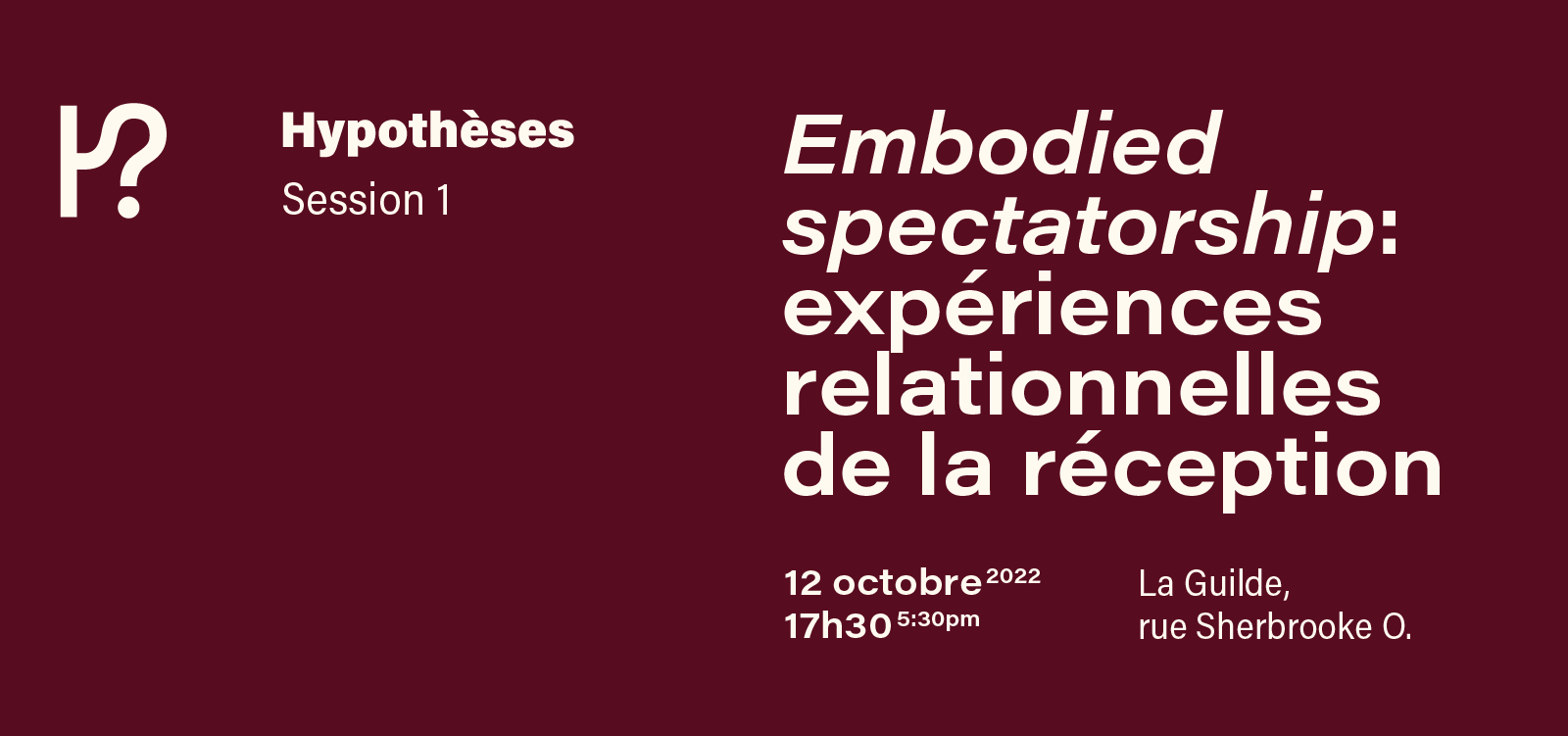Intitulée “Embodied spectatorship : expériences relationnelles de la réception”, cette séance propose des conférences de Felicia L. Leu (Doctorat, UQAM) “Looking closer. Relational Spectatorship and Maria Hassabi’s “Forgotten Bodies” in STAGING (2017)” et de Will Schumer (Maîtrise, McGill) “The Intoxicating Passions of Dutch Genre Painting”.The session will be moderated by Dr. Chriscinda Henry, associate professor at McGill.

Looking closer.Relational Spectatorship and Maria Hassabi's " Forgotten Bodies" in STAGING(2017)

Felicia F. Leu est doctorante au sein du département d’histoire de l’art de l’UQAM dont la recherche est dirigée par Dr. Barbara Clausen, et soutenue par une bourse de mérite du FRQNT pour les étudiant.es internationaux.ales.
Felicia F. Leu présentera “Looking closer. Relational Spectatorship and Maria Hassabi’s “Forgotten Bodies” in STAGING (2017)”.
L’intervention de Felicia portera sur la reception du public face à cette performance de l’artiste Maria Hassabi.
Maria Hassabi, STAGING, documenta 14, Neue Neue Galerie (Neue Hauptpost), Kassel, 2017, performers: Maria Hassabi, Jessie Gold, Oisín Monaghan, Hristoula Harakas. Courtesy the artist; The Breeder, Athens. © Thomas Poravas.

Will Schhumer is a Master’s student at McGill and will be giving a talk titled “The Intoxicating Passions of Dutch Genre Painting.”
He is working under the supervision of Dr. Angela Vanhaelen. His research, grounded in seventeenth-century Dutch painting, focuses on the depiction of intoxication in the works of Frans Hals and Jan Steen. Will received his BA in Art History at McGill University with a minor in European Literature. His research is currently funded by the Fonds des Recherche de Québec – Société et Culture (FRQSC).
En dépassant les notions de vision et d’auditoire prévalantes chez les historiens du XXe siècle, Will considère, en prenant en compte les théories de Karel van Mander and Samuel van Hoogstraten, la manière dont la peinture de genre flamande au XVIIe siècle peut encourager un jeu incarné entre le.a spectateur.trice et le sujet peint.
Frans Hals, Merrymakers at Shrovetide, c. 1616-17, Oil on canvas, 131.4 x 99.7 cm, Metropolitan Museum of Art, New York. © Metropolitan Museum of Art
Looking closer.Relational Spectatorship and Maria Hassabi's " Forgotten Bodies" in STAGING(2017)

Modérateur.rice

Pour notre première session, nous accueillerons Chriscinda Henry, professeure d’histoire de l’art à McGill.
Chriscinda Henry’s research focuses on the role of the arts in social life and intellectual culture in Renaissance Italy. Her book Playful Pictures: Art, Leisure, and Entertainment in the Venetian Renaissance Home (Penn State University Press, 2022), draws connections between the visual arts, literature, music, and theater in late fifteenth and sixteenth-century domestic life to form a theory about the artwork as a second world, or playground, in which patrons and beholders could fashion proxy selves and experiences. She also recently co-edited the volume Music and Visual Culture in Renaissance Italy with musicologist Tim Shephard (forthcoming from Routledge), focusing on the intersection of the arts across a range of media in the practices of everyday life. Current projects include articles on the Renaissance studiolo as an ecology of self-care and the origins and early history of the dedicated Venetian music room focused on the ephemeral and heterogeneous communities formed there.
